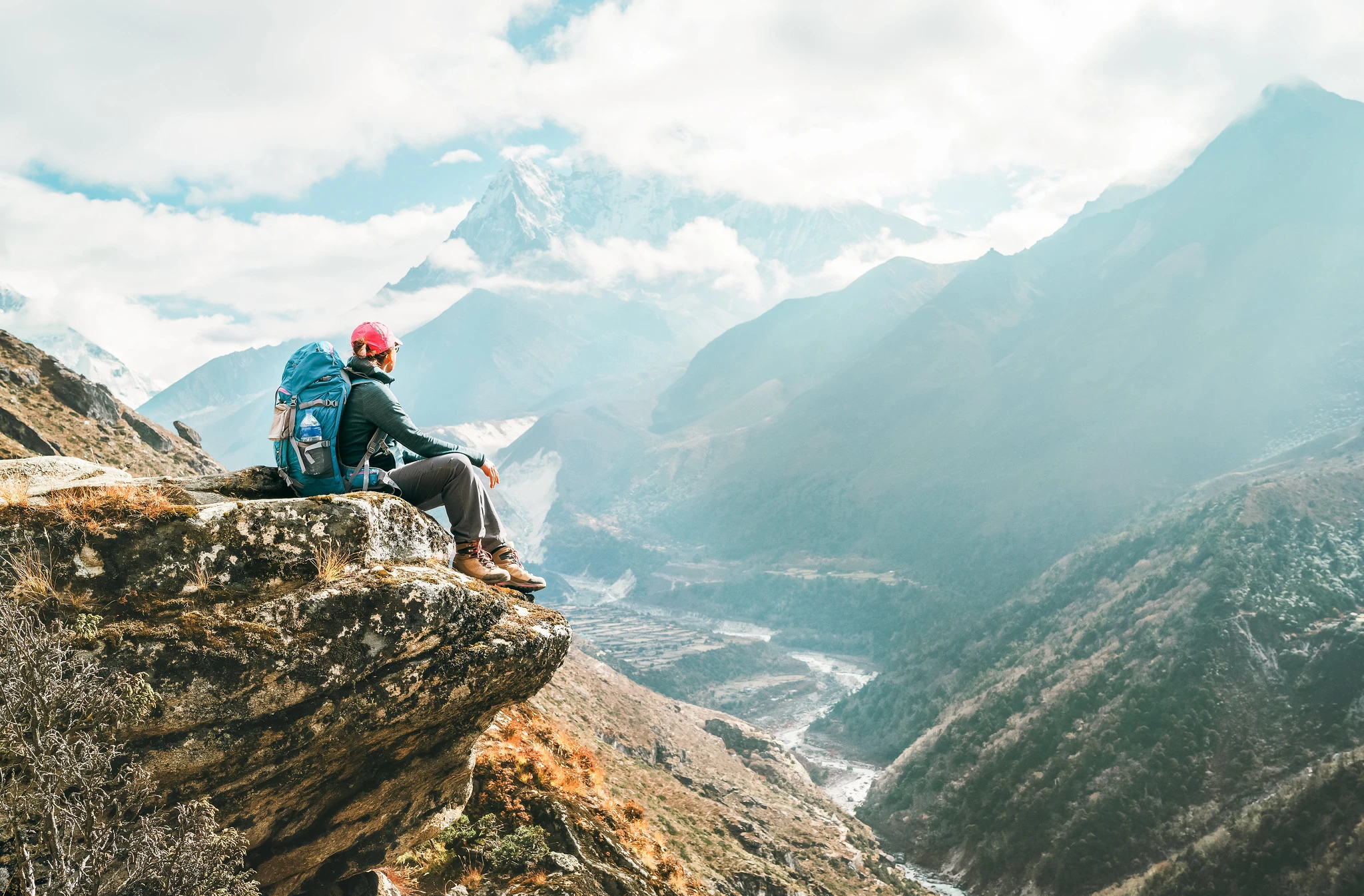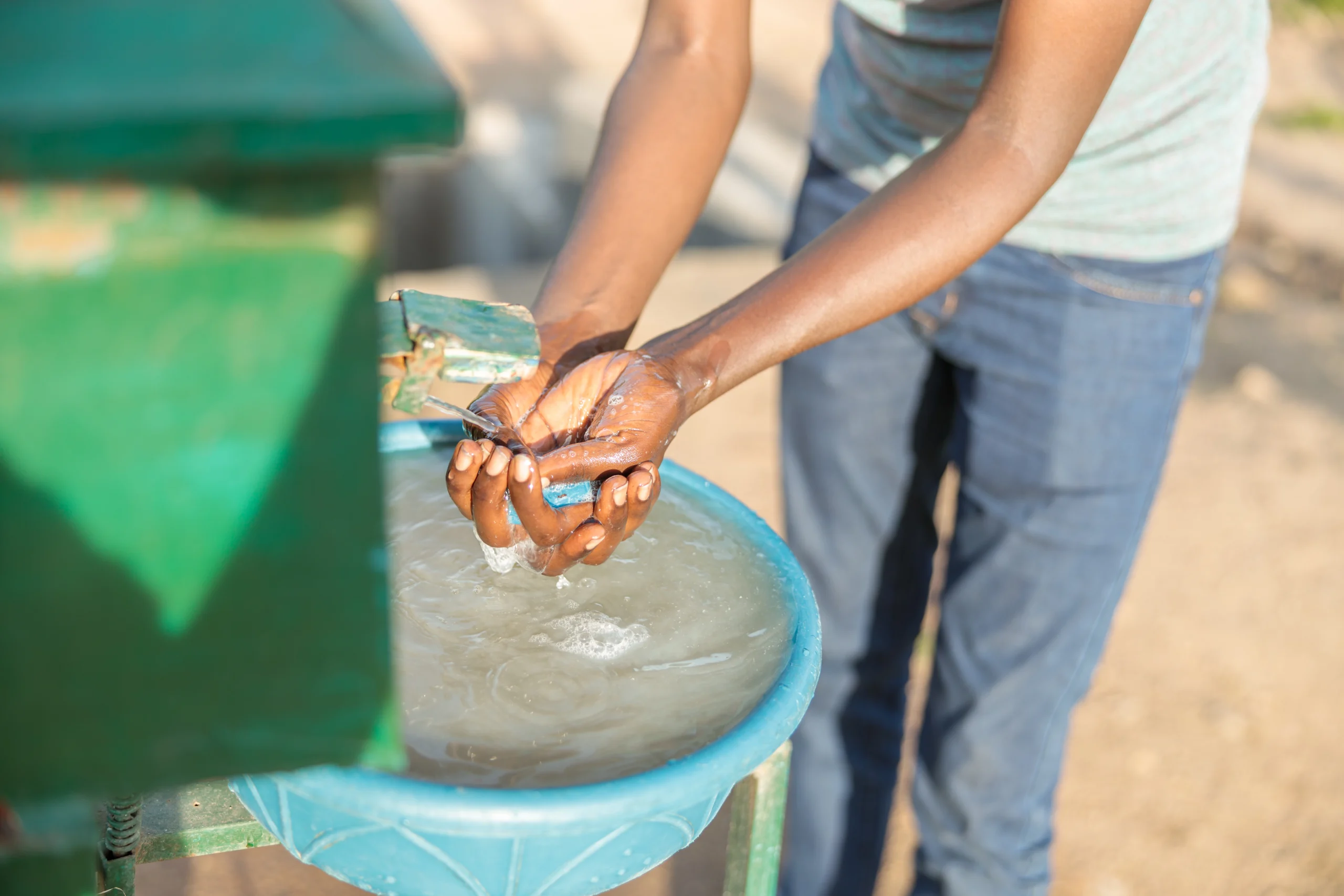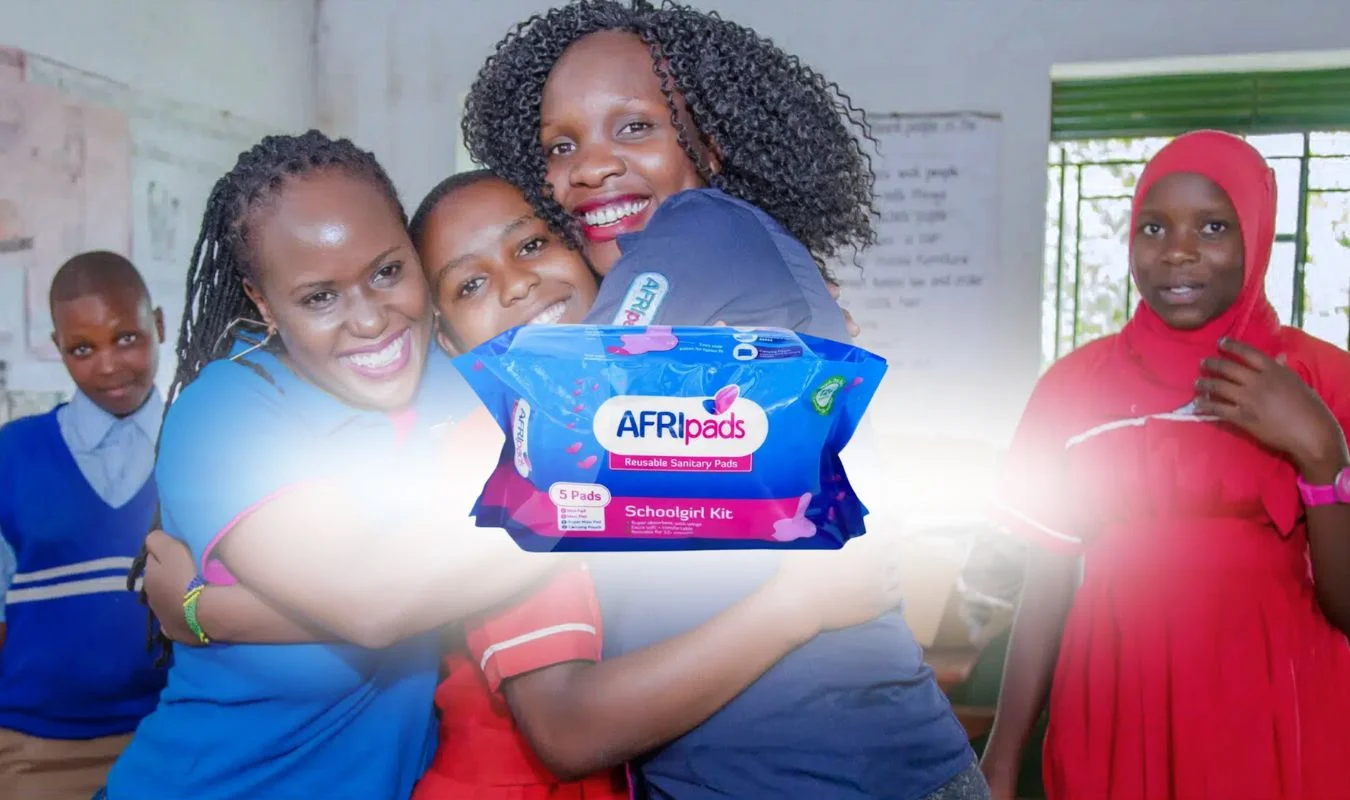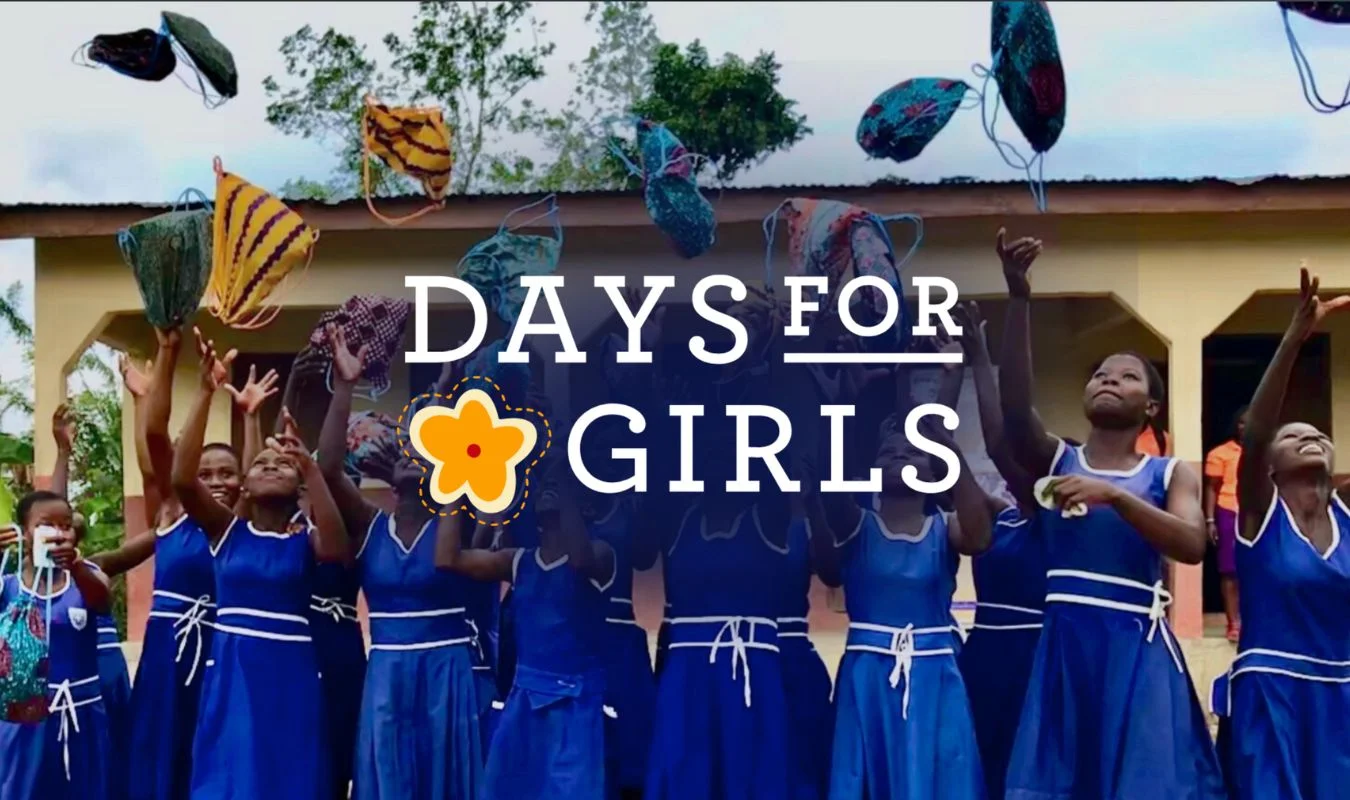Sierra Leone, Then and Now
by Julia Hall
Imagine carrying 5 buckets of water each day to and from your house: to bathe, to cook, and to drink–and then worrying about which bacterial infection you might receive. In the United States, this is something that is largely avoided. However, other countries around the world, such as Sierra Leone, struggle with access to clean water on a daily basis.
Access to clean water in Sierra Leone is extremely low. Only about 16% of the population can rely on safe, consistent water sources. Less than 1% of the population has piped water in their home. Low access to fresh water contributes to health concerns such as diarrhea, acute respiratory illnesses, undernutrition, and worm infestations. All of these can cause many other health issues and even lead to death (UNICEF).
Business Connect’s founder, Lou Haveman, reflected on his time living in Sierra Leone. Haveman lived in Sierra Leone and through part of the 1980s as well as in several other regions of Africa.
Lou’s Recollection
“In that day, we didn’t think of clean water. I’ve regretted living [in Sierra Leone] at that point and time because here’s the thing: almost everybody had a chronic case of bacterial infection,” reflected Haveman.
While in Sierra Leone, Haveman and his team focused mostly on food insecurity, community development, and literacy. All of which are important issues–but dodge the root of many health concerns in the region: lack of clean water. However, water was not a major concern at the time because of the abundance of rainfall in the region.
“If you know anything about the geography of Sierra Leone, you know it’s high forests, lots of rainfall, 60 to 80 inches a year,” said Haveman. “So, lots of streams, lakes, and a lot of rivers. The source of water for almost everyone was open wells, rivers, and streams.”
Wells, Rivers, & Streams
In general, sources of water like the ones used in Sierra Leone are great options. However, there are several factors that can impact their safety and efficacy.
Many of these have to do with the mixing of water sources and contamination. For example, if wastewater is deposited into the same river that is used for drinking, it’s possible to spread disease at an alarming rate. Additionally, in many areas, river water is not only used for drinking, but also cooking and cleaning–if this source is compromised, then it’s not just the water that is affected, but food, too.
Contamination can happen in a variety of ways. However, one of the most destructive of these is floods. Floods can sweep sediment, debris, and human and animal waste into a water source, making it unusable. This is especially damaging in Sierra Leone, where there is heavy seasonal rainfall from July to September every year. The rain can result in flooding, displacing many families, impacting farmland, and making it more difficult to access clean water in Sierra Leone.
Long-Term Impact
Drinking and using contaminated water can cause ripple effects across an entire community.
Not only can it cause extreme sickness, but also result in less time for school and work for families. When people–mostly women and girls–have to spend several hours every day collecting clean water, that leaves little time for much else. Additionally, when people fall ill, they cannot work, which can hurt an area’s economy and infrastructure. Finally, food that is grown using contaminated water may be unsafe to eat, causing food shortages and scarcity.
In many ways, getting clean water in Sierra Leone and other places in the world is so important because it is a compounding issue. Clean water is essential for healthy communities.
“If we had known what we know now,” Haveman added, “We could have gone in and just provided clean filtration or clean water in Sierra Leone and called it good, but we didn’t know that and we didn’t focus on water.”
Present Day Sierra Leone
What we know now is that much of the water in Sierra Leone is contaminated. Although rainfall and water is plentiful, the quality of that water is subpar. Therefore, access to clean sanitation is nearly impossible for the average household.
Sierra Leone is a beautiful region, spotted with beaches and flourishing trees–it should have a stable, tourist-centered economy to support secure infrastructure. Yet it does not.
“Sierra Leone experienced a civil war for a number of years and a lot of the infrastructure that did exist was destroyed, including some water systems. Now there’s a higher population and more demand for water,” said Haveman.
This is the raw truth. Before the civil war, people lived in the countryside of Sierra Leone and access to clean water was plentiful. It bubbled out of springs and rushed down mountainsides. As the war began, people started to move to the capital, Freetown. The population grew, but infrastructure was slower to improve (NPR). Many are now, at times, crammed into small brown villas with metal roofs, fighting off diseases caused by untreated water.
In such close living quarters, the need for clean water and sanitation solutions is heightened. If a water source is contaminated in a city, or if the water system is somehow compromised, disease can start and spread extremely quickly.
As of now, many neighborhoods have implemented water kiosks. For a small fee, villagers can fill up their cans with water trickling from taps. In some areas of Sierra Leone, water kiosks are run by private companies with their own buildings. Many sources of water, though, are just pipes that run above ground or water collected from rivers and rainfall.
To our Network
Here at Business Connect, we aim to give hope to areas like Sierra Leone. Though it may be hard to envision this reality, it’s important to us that you’ve taken the time to read about it, so, thank you! If you want to hear more stories like this, subscribe to our newsletter. If you want to help us provide filtration for areas like Sierra Leone, inquire about becoming an in-country distributor here.




